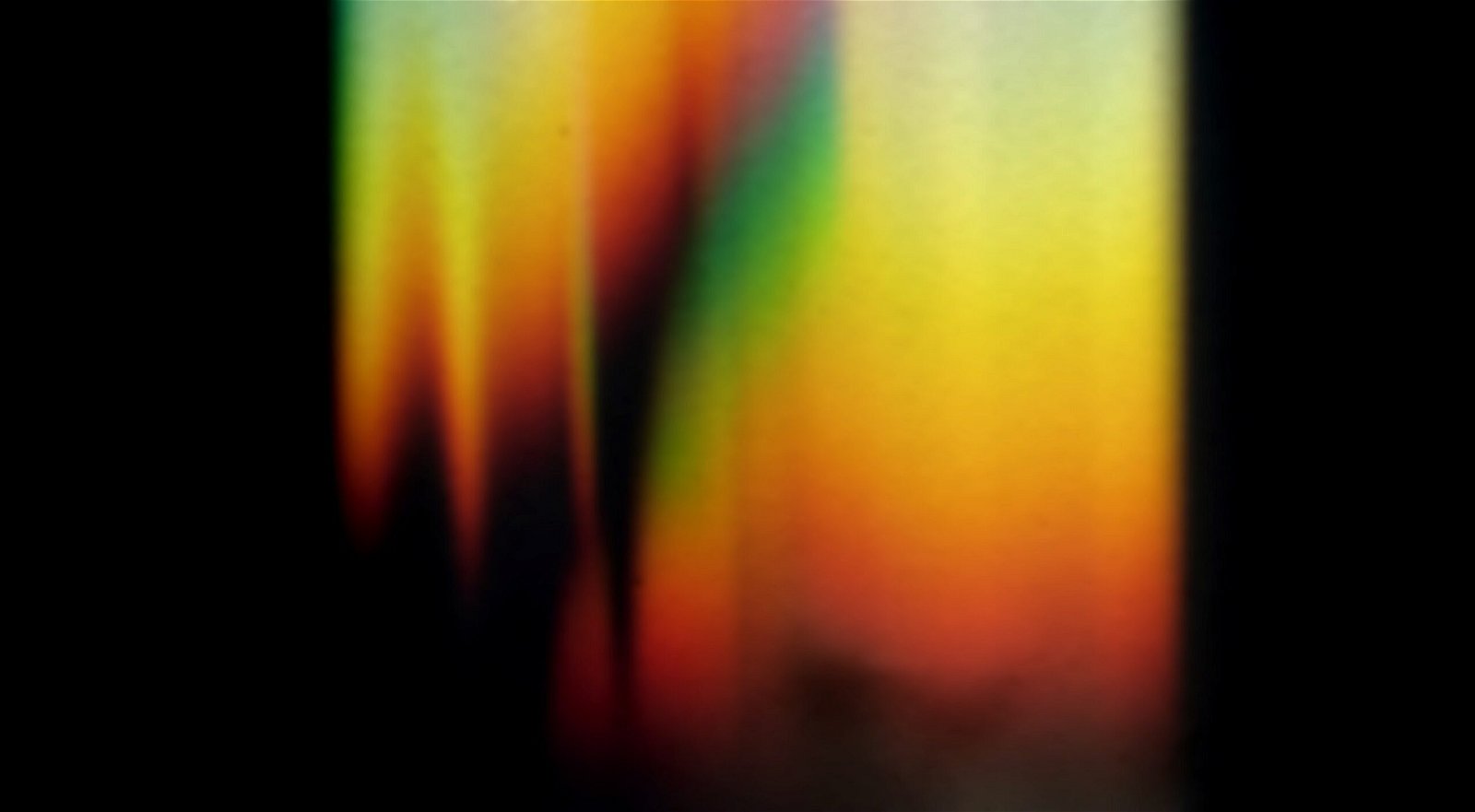Researchers from the Institute for Atomic and Molecular Physics (AMOLF) in The Netherlands say they have shown that manipulating a two-dimensional material known as a photonic crystal can stop light in its tracks.
Scientists have previously demonstrated the ability to trap light using powerful magnets. At the same time, other research showed the ability to halt individual electrons in two-dimensional materials like graphene by simulating the effects of magnetic fields. However, the AMOLF team is the first to use the unique properties of two-dimensional materials to stop light in its tracks without employing any magnetic fields.
The researchers behind the novel accomplishment believe their work may open up several practical applications, ranging from sensing and on-chip routing to lasing and quantum light-matter interfaces.
“This principle offers a new approach to slow down light fields and thereby enhance their strength,” explained AMOLF group leader Ewold Verhagen. “Realizing this on a chip is particularly important for many applications.”
Exploring Twistronics and Magic Angles to Stop Light in its Tracks
In their research, published in the journal Nature Photonics, the AMOLF team explains how the unique properties of two-dimensional materials allowed them such precise control over light waves. Sometimes referred to as “Twistronics,” researchers have found that simply deforming or “twisting” two-dimensional materials can create a number of unexpected and sometimes useful consequences.
For example, researchers have been able to induce certain types of superconductivity by twisting a two-layered stack of graphene, which consists of two sheets of individual carbon atoms, to exactly 1.08 degrees. This so-called “magic angle” has offered hope that these types of materials may one day lead to functional, room-temperature superconductors.
Of course, manipulating electrons, which have a charge, is completely different from manipulating individual light waves since they are essentially massless and do not possess an electromagnetic charge. As the researchers explain, “In electronic crystals, magnetic fields can be used to induce a multitude of unique phenomena; [however] the uncharged nature of photons necessitates alternative approaches to bring about similar control over photons at the nanoscale.”
Photonic Crystals and Landau Lines
To successfully stop light in its tracks, the team tapped into a type of two-dimensional material known as a photonic crystal. Like graphene, this material is made up of individual atoms attached at their sides to create a two-dimensional sheet. However, the carbon used to make graphene is replaced with silicon, and the resulting two-dimensional sheet also contains a regular pattern of holes.
“A photonic crystal normally consists of a regular—two–dimensional—pattern of holes in a silicon layer,” explained first author René Barczyk, who successfully defended his PhD thesis on this topic last year. Barczyk also noted that light can move freely in this material, “just like electrons in graphene.”
“In general, graphene is a good electronic conductor, but this changes when the crystal array is deformed, for instance, by stretching it like elastics,” Verhagen explained. “Such mechanical deformation stops conduction; the material turns into an insulator, and consequently, the electrons are bound to Landau levels.”
In effect, stretching the graphene had the same effect as applying a magnetic field, only without a magnet. Verhagen says that given how this artificial creation of these “Landau levels” controls the motion of electrons, his team wondered “if a similar approach would also work for photons.”
Sure enough, after multiple experiments, the team found success. The twisting and stretching of the photonic crystals created the desired Landau levels, offering the ability to manipulate the flow of light through the material.
“By playing with the deformation pattern, we even managed to establish various types of effective magnetic fields in one material,” Verhagen explained. “As a result, photons can move through certain parts of the material but not in others. Hence, these insights also provide new ways to steer light on a chip.”
Perhaps more significantly, the process allowed the researchers to stop light in its tracks, offering a unique level of control over individual photons.
“Breaking this regularity in exactly the right manner will deform the array and consequently lock the photons,” said Barczyk. “This is how we create Landau levels for photons.”
Partnering With Other Researchers
During their research, the team discovered that researchers from Pennsylvania State University and Columbia University were working on the same idea. While some aspects were different, the press release explains that “both teams were able to stop light waves from moving and observe Landau levels by deforming a two-dimensional photonic crystal.”
“When we were doing our first measurements, I happened to speak to one of the authors of this other study,” said Verhagen. “When it turned out that they were also looking for experimental evidence of the effect, we decided not to compete in being first to publish but instead to submit the work simultaneously to the publisher.”
The researchers believe that their new method for stopping light is a significant breakthrough. If harnessed correctly, it could also prove critical in several potential applications.
“If we can confine light at the nanoscale and bring it to a halt like this, its strength will be enhanced tremendously,” said Verhagen. “And not only at one location but over the entire crystal surface. Such light concentration is very important in nanophotonic devices, for example, for the development of efficient lasers or quantum light sources.”
Christopher Plain is a Science Fiction and Fantasy novelist and Head Science Writer at The Debrief. Follow and connect with him on X, learn about his books at plainfiction.com, or email him directly at christopher@thedebrief.org.

